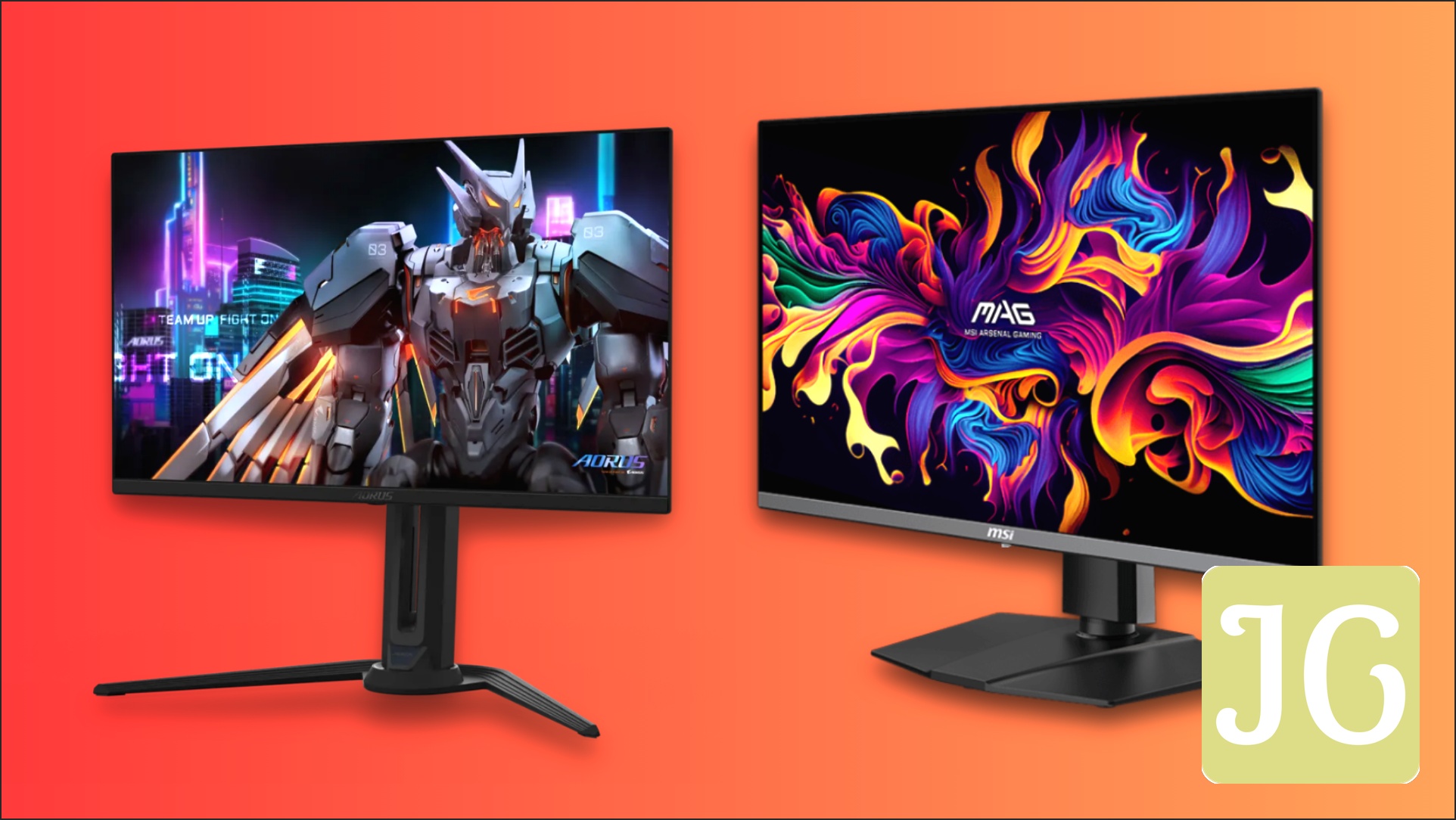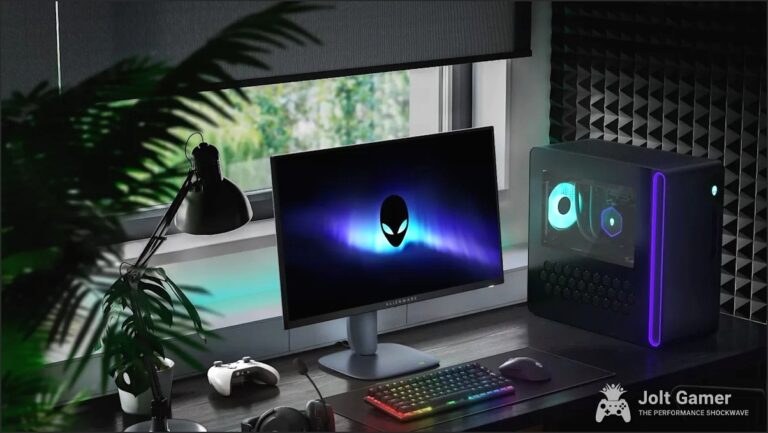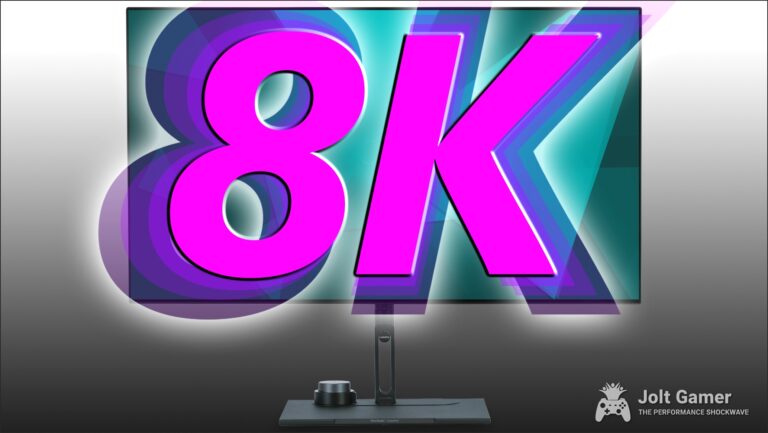Gigabyte’s 500Hz QD-OLED: AORUS FO27Q5P Hits the Market, But Is It Too Fast For Its Own Good?
Gigabyte has officially unleashed the AORUS FO27Q5P, a 27-inch QHD QD-OLED gaming monitor that boasts an astonishing 500Hz refresh rate and a blistering 0.03ms GtG response time. Positioned by the company as ‘the world’s fastest’ QD-OLED, this display undeniably aims to redefine competitive gaming. Yet, as the industry races towards ever-higher refresh rates and seemingly impossible speeds, a crucial question emerges for discerning gamers: are these advancements truly beneficial for the average player, or are we witnessing a technological arms race that outpaces practical reality and current hardware capabilities?
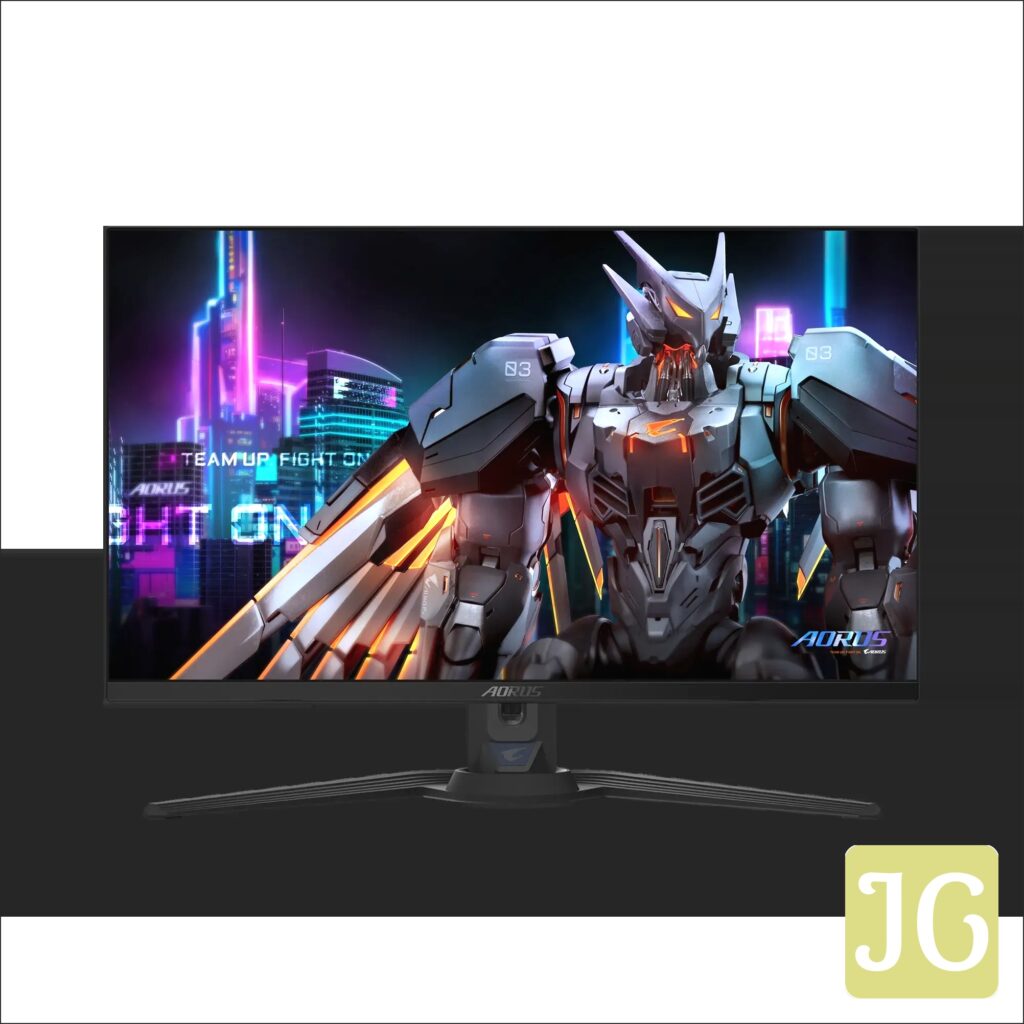
The 500Hz Question: Pushing the Limits of Perception?
The AORUS FO27Q5P’s 500Hz refresh rate is undeniably a monumental technical achievement, pushing the very limits of what a display can render. For esports professionals and the most hardcore competitive players, where split-second decisions dictate victory or defeat, every millisecond can theoretically make a tangible difference. Higher refresh rates inherently translate to smoother motion rendition, a reduction in perceived input lag, and the potential for faster reaction times in dynamic scenarios. When coupled with the near-instantaneous 0.03ms GtG response time characteristic of QD-OLED technology, this monitor promises unparalleled motion clarity. This makes tracking fast-moving targets and reacting to fleeting in-game events significantly easier, offering a vision of competitive gaming where display limitations are virtually non-existent, and the player’s skill is the sole variable.
Aber 500 Hz ist wahrscheinlich alles auf Low Settings und 9950X3D in Kombination mit RTX 5090 wohl nötig, was heißt, einfach fast 5K€ für OLED, GPU und CPU, wer hat das?
Yet, as our Fandom Pulse analysis reveals, the community’s reaction to such extreme specifications highlights a significant disconnect between bleeding-edge innovation and practical reality. A pervasive question among gamers is whether 500Hz is truly necessary, or even realistically achievable, with current—and indeed, foreseeable—consumer hardware. The prevailing sentiment is that consistently pushing 1440p resolution at 500 frames per second demands top-tier, unreleased, and incredibly expensive GPUs and CPUs, far beyond the reach of most. This fuels a perception of an “unnecessary spec race,” where manufacturers are pushing performance limits far beyond what the average user can actually experience or afford. The result is often frustration and cynicism about the tangible value proposition of such monitors.
Under the Hood: QD-OLED Brilliance Meets Cutting-Edge Connectivity
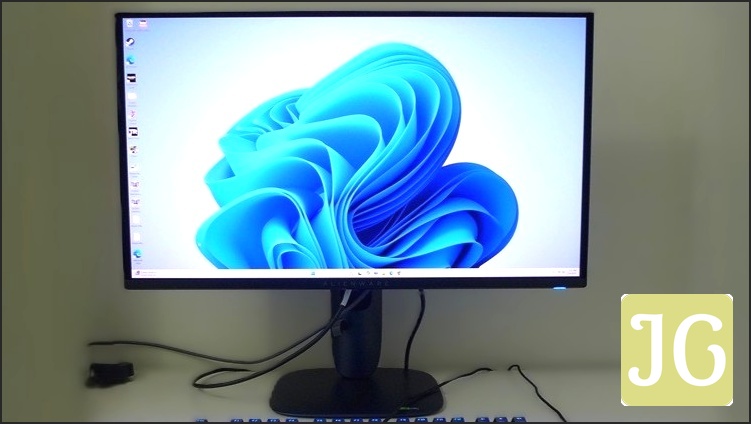
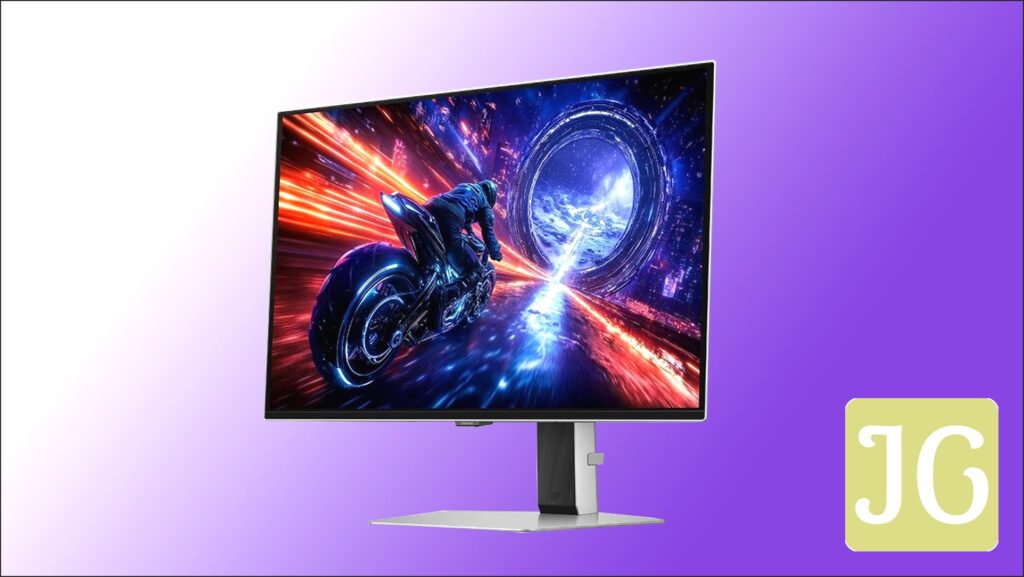
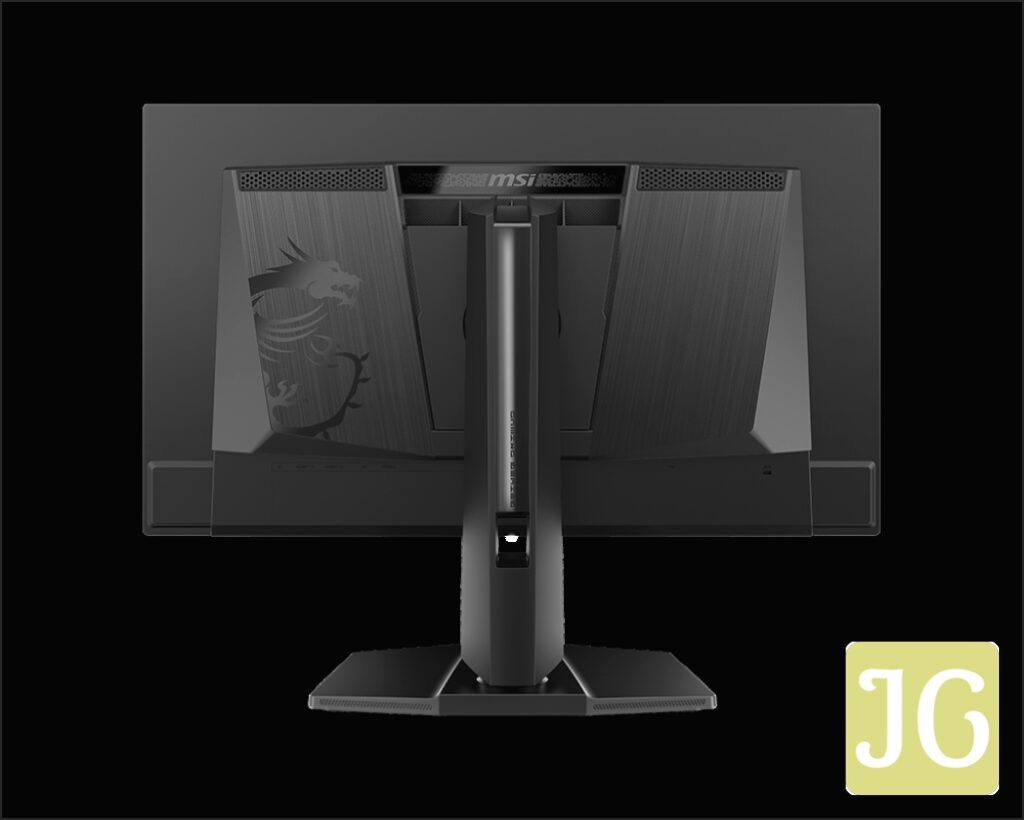
AORUS FO27Q5P Key Highlights:
- Panel: 27-inch QHD (2560×1440) QD-OLED
- Refresh Rate: 500Hz (World’s Fastest QD-OLED)
- Response Time: 0.03ms GtG
- Color Gamut: 99% DCI-P3, Delta E < 2 accuracy
- HDR Certification: VESA DisplayHDR True Black 500 (1000 nits peak)
- Motion Clarity Certification: VESA ClearMR 21000
- Connectivity: DP 2.1 UHBR20 (80 Gbps), 2x HDMI 2.1, USB-C (DP Alt Mode, 18W PD)
- Cooling: Fanless with Graphene Thermal Film Technology
- Warranty: 3-year, including burn-in coverage
Beyond its raw, headline-grabbing speed, the FO27Q5P leverages Samsung Display’s cutting-edge 3rd Gen QD-OLED panel. This foundation delivers truly vibrant colors, absolute true blacks, and exceptional contrast, further certified by VESA DisplayHDR True Black 500 with a peak brightness of 1000 nits. Critically, the inclusion of DisplayPort 2.1 UHBR20 is not merely a bullet point; it provides a massive 80 Gbps bandwidth, a full 2.5 times that of DP 1.4. This immense pipeline is essential to handle the uncompressed data stream required for 1440p at 500Hz, effectively future-proofing the monitor for seamless compatibility with next-generation GPUs, such as the upcoming GeForce RTX 50 Series. Gigabyte further enhances the package with its exclusive AI features, including AI Picture Mode for automatic content optimization across various genres, and AI OLED Care. The latter actively manages and mitigates burn-in risks through automated pixel cleaning routines, directly addressing a major, long-standing concern for OLED users. This commitment to longevity is powerfully reinforced by a robust 3-year warranty that notably includes burn-in coverage, providing significant peace of mind for such a premium investment.
The Competitive Landscape: A Race to 500Hz
Gigabyte, however, isn’t alone in pushing the formidable 500Hz boundary. This isn’t just a singular product launch; it’s a clear industry trend. Competitors like MSI, with their 272QR, and Samsung have also introduced their own 27-inch 1440p QD-OLED monitors, often utilizing identical core panels and refresh rates from Samsung Display’s Gen 3 lineup. This convergence signals a clear and aggressive industry trend towards extreme performance, particularly targeting the burgeoning esports market where every frame counts. While these monitors largely share the same foundational display technologies, individual brands strive to differentiate themselves through unique connectivity options—like MSI’s higher wattage USB-C PD compared to Gigabyte’s—proprietary cooling solutions, and unique software features such as Gigabyte’s comprehensive AI suite. This fierce competition, despite the ongoing debate about the immediate utility of 500Hz, ultimately benefits consumers by driving innovation and choice in the high-end segment.
Price and Availability: The Cost of Cutting-Edge
Gigabyte AORUS FO27Q5P Pricing & Availability
Pricing: Official US pricing remains unannounced. Available in Australia for AU$1,399. Expect premium pricing reflecting its flagship status.
Release Date: Globally available as of August 19, 2025 (some sources indicate July 2025 release). Sales may vary by region and retailer launch schedules.
Where to Buy: Check major online retailers and local electronics stores. Refer to Gigabyte’s official product page for regional specifics.
AORUS FO27Q5P: The Highs and Lows
Pros
- World’s fastest QD-OLED with 500Hz refresh rate and 0.03ms GtG response time.
- Stunning QD-OLED visuals with true blacks, vibrant colors, and VESA DisplayHDR True Black 500.
- Future-proof DP 2.1 UHBR20 connectivity for next-gen GPUs.
- AI OLED Care and 3-year burn-in warranty address key OLED longevity concerns.
- Advanced fanless cooling ensures silent operation.
- Comprehensive ergonomic adjustments and KVM switch for versatility.
Cons
- 500Hz refresh rate is largely unachievable in most modern games, even with high-end hardware.
- High price point may not justify the limited practical benefits for many gamers.
- 27-inch QHD resolution, while sharp, is not 4K, which some users might expect at this price.
- 18W USB-C Power Delivery is relatively low compared to some competitors.
A Glimpse into the Future, or a Step Too Far?
The Gigabyte AORUS FO27Q5P stands as an undeniable marvel of modern display engineering. It aggressively pushes the boundaries of refresh rates and response times, undeniably delivering a truly elite visual experience tailored for the most demanding competitive players and esports professionals. However, its very launch starkly highlights a growing chasm between cutting-edge hardware capabilities and the practical realities of real-world gaming scenarios. For the vast majority of gamers, 500Hz remains more of a theoretical ideal than a tangible, practical necessity, making its inevitable premium price a significant hurdle that many will struggle to justify. While this monitor undoubtedly sets a new benchmark for speed and offers a tantalizing glimpse into the future of esports displays, its true, widespread impact will ultimately depend on how quickly—and, crucially, how affordably—graphics processing units can catch up. Furthermore, it hinges on whether the relentless pursuit of extreme refresh rates continues to resonate with a gaming community increasingly focused on value, tangible improvements, and realistic performance gains.
Sources:
- Content Profile (Internal Intelligence)
- Initial Topic Analysis (Internal Intelligence)
- Thematic Story Summary (Internal Intelligence)
- Fandom Pulse (Internal Intelligence)
- The Asset Library (Internal Intelligence)
- Team & Channels (Internal Intelligence)
- wccftech.com: ‘GIGABYTE Launches AORUS FO27Q5P: Its Fastest QD-OLED Gaming Monitor, Boasting 500Hz Refresh Rate And DP 2.1 UHBR20 Interface’
- TFTCentral: Monitor Industry News & Updates (including 500Hz QD-OLED Tracker)

